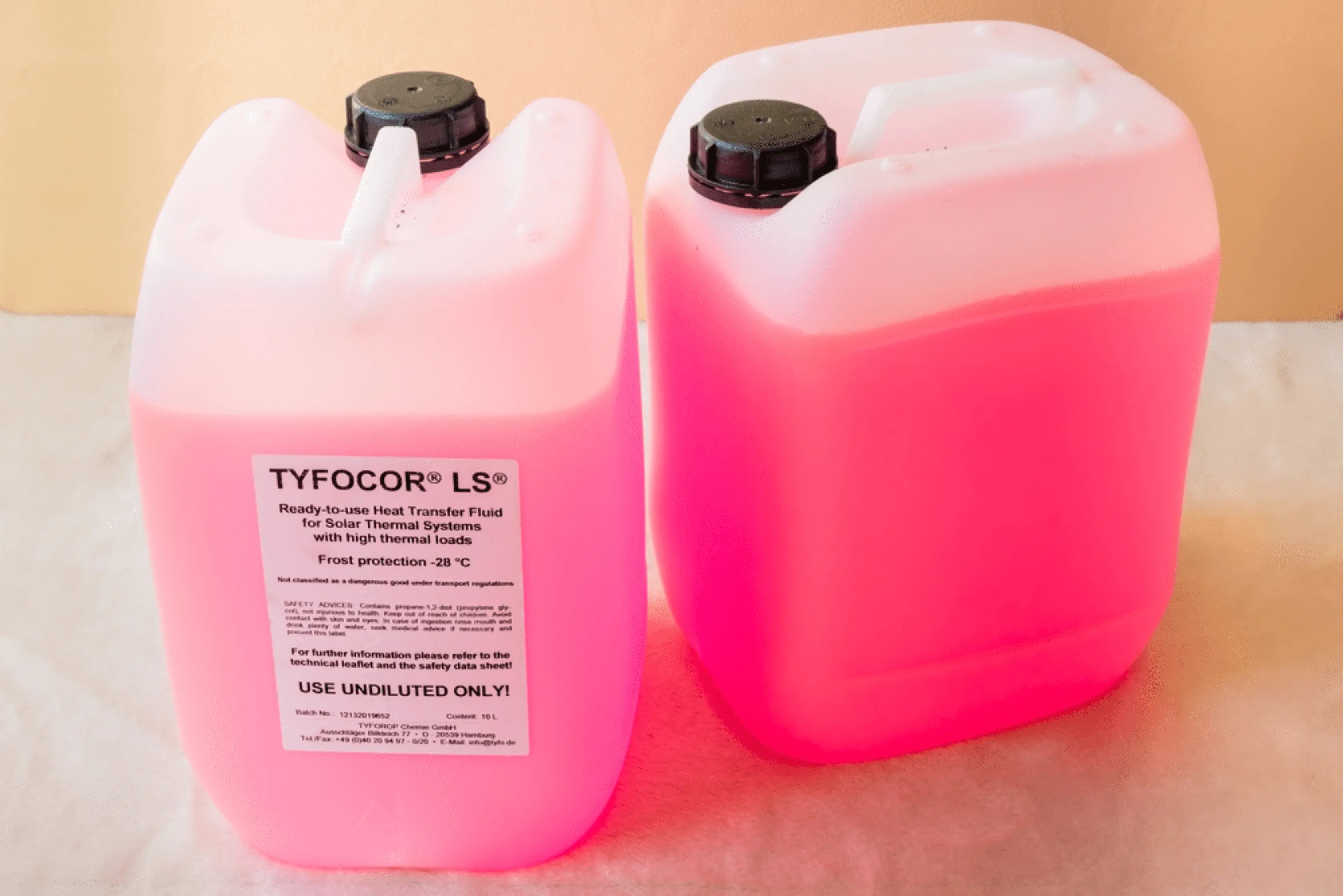Central heating is a very important feature in your home. So it’s essential you keep it in the best condition possible. It’s a common error that your central system doesn't get the care it should, so in this blog we are happy to provide you in Bathroom Takeaway style, a simple rundown on how to put inhibitors in the central heating system to help look after your systems and radiators. We will also be answering all the key questions like what does central heating inhibitors do? So let’s get started!
What Is A Central Heating Inhibitor
A central heating system is always in need of an inhibitor but what is inhibitor for central heating and how does it work? So to keep it simple a central heating inhibitor is a chemical additive which gets mixed into the water that flows round our central heating system. It’s purpose is to break down any rust and sludge build up in your system which in time can cause reduced efficiency and sometimes heating failure. Which we all don't want!
Your central heating system has pipes on the radiators and other elements that are made from metal. As I am sure you're aware the water causes metal to rust, so it’s essential these get done at least once a year. So, now you know what it does, let's explain how to add an inhibitor to central heating systems.
Simple Guide On How To Put Central Heating Inhibitor In System
So when learning how to add an inhibitor to the central heating system its key you follow the steps below to ensure the job gets done properly! Don't worry though we have placed it into a simple guide for you to follow to make the process a whole lot easier, so let's get going.

How To Add Inhibitor To Feed And Tank
1.Drain The System
So let's learn how to add an inhibitor to the central heating system through a tank. Firstly find the drain cock on your heating system. This tends to be adjacent to a radiator on the ground floor of your home. Then once found, grab yourself a jubilee clip, attach a hose pipe to it and run a hose pipe outside to drain your system.
Once done, we recommend you to leave the system to drain so plenty of water flows out. It doesn't need to be done completely but it should be enough that your inhibitor circulates through your system effectively.
2.Add The Inhibitor
Take advantage of an empty feed and expansion tank by giving it a thorough cleaning. Use cloths and water to remove any dirt or debris inside, making sure none of it goes down the supply pipe at the bottom.
Pour the central heating inhibitor into the tank and then release the ball valve or open the mains. This action will cause the tank to fill up again.
If you suspect that air has entered the system, it is recommended to bleed the radiators before turning on the heating and hot water. If you don't know how then check our in depth blog on How To Bleed A Radiator
How To Add Inhibitor Through A Radiator
1.Turn Off The Heating And Isolate The Radiator
Firstly, you need to turn off your heating and hot water to avoid any possible burning. Next isolate the radiator and shut the thermostatic valve fully. Once done, take the plastic cap off the lockshield and close it with a pair of pliers. Remember the position of the radiator for proper reassembly later on.
2.Open The Bleed Valve
Open the bleed valve with a radiator bleed key to release the pressure. This will allow the water inside the radiator to flow out when you open the nut at the bottom.
3.Loose Up The Nut Between The Radiator + TRV
Open the bleed valve with a radiator bleed key to release the pressure. This will allow the water inside the radiator to flow out when you open the nut at the bottom.
4.Attach The Filling Kit
Unscrew the radiator bleed valve using a spanner. Put in your filling kit. Make sure to open the bung at the other end of the radiator to let air out while adding the inhibitor.
5. Insert The Inhibitor
Slowly add the central heating inhibitor to the filling kit. Be careful not to pour too much at once, since it may take a while to flow in.
There it is, an easy read in a guide to how to efficiently put an inhibitor into your central heating system! It’s key to take these measures to ensure your heating systems performs at its optimal level during the colder months.

FAQ’s
Can You Mix Central Heating Inhibitors?
It is well recommended that you use the same brand of inhibitor in your central heating system to prevent any lower in efficiency and reactions to your system.
Can You Put Too Much Inhibitor In Central Heating
Luckily no, you can’t put too much inhibitor into your central heating system. If anything, increasing the amount you use will enhance the level of protection on your system.
Do You Have To Put Inhibitor Into Central Heating System
Yes inhibitors are a must have, even with more modern boilers. The complete system has to be looked after and protected to avoid corrosion and sludge build up in your system.
Which Central Heating Inhibitor Is The Best
Most central heating engineers recommend that you use the key brands for example sentinel or magna clean. It’s best to go for the one that suits your heating system best.
How Often Should I Put Inhibitor In Central Heating System
So if you are wondering how often the central heating inhibitor should be changed. It is industry recommended that it is changed at least once a year.






















